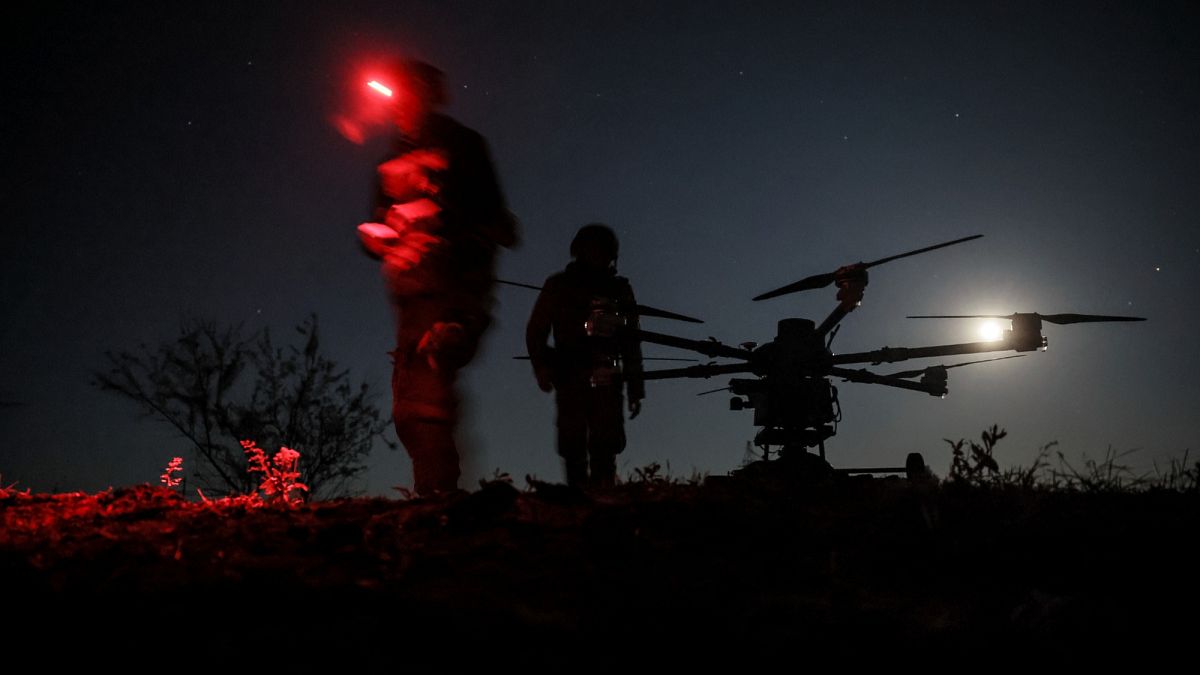

In a world marked by shifting alliances and ongoing conflicts, recent developments have illustrated the dynamic landscape of international defense and diplomacy. Several nations are adapting to evolving circumstances, fostering cooperation, and working towards conflict resolution. Here, we take a calm and insightful look at some of the significant events occurring across the globe.
Ukraine has announced plans to enhance its domestic arms production capabilities as a strategic measure to counter ongoing pressures and uncertainties surrounding foreign military aid. President Volodymyr Zelenskyy highlighted the importance of self-sufficiency in defense as external support might face delays. This initiative aligns with Ukraine’s broader strategy to bolster its military readiness and reduce dependence on external arms sources.
Concurrently, Ukraine’s defense innovation is receiving a boost with the launch of the “Test in Ukraine” program by Brave1, a domestic defense technology incubator. This initiative allows foreign defense companies to trial their military prototypes in real-time battlefield scenarios, providing a mutually beneficial platform for technological advancement and operational feedback.
In Europe, a landmark treaty between Germany and the United Kingdom aims to enhance mutual defense and curtail illegal migrant smuggling. This historic agreement marks a new chapter in defense cooperation, strengthening military and economic ties between the two countries. Meanwhile, Germany is also set to deliver Patriot missile systems to Ukraine, with reports suggesting they could be operational soon, bolstering Ukraine’s defense infrastructure.
Turning to the Middle East, Syria witnessed a promising yet tentative advancement towards peace with a ceasefire agreement in the city of Sweida between Syrian government troops and Druze militias. Although past conflicts threatened the fragile political transition in Syria, this ceasefire offers hope for continued dialogue and reduced hostilities.
However, tensions in the region persist, as exemplified by Israeli military actions in Syria. The Israeli army recently conducted strikes on the Syrian defense ministry in Damascus, ostensibly targeting interventions impacting Israel’s border security. These actions have led to casualties and injuries, underscoring the volatile nature of the region’s security landscape.
In Gaza, a regrettable incident has prompted reflection and an official apology from Israel. An Israeli strike on a Catholic church resulted in casualties, prompting concerns about the safeguarding of non-combatant lives amidst conflict. The Israeli government has launched an investigation to address this incident as a means of preventing similar future occurrences.
In Eastern Ukraine, a tragic event unfolded as a Russian aerial attack struck a shopping center in Dobropillia, resulting in four deaths and numerous injuries. This incident serves as a somber reminder of the ongoing challenges faced by civilians in conflict zones and the pressing need for sustainable peace solutions.
Amidst these diverse narratives, a notable judicial ruling in Belgium has emphasized the legal responsibilities concerning military shipments. A Belgian court decision has halted the transit of military equipment to Israel, aligning with calls for accountability in arms transfers that could potentially contribute to conflict situations.
The global geopolitical landscape continues to evolve, presenting complex challenges and opportunities for international diplomacy. As these stories unfold, they provide a window into the intricate interplay of strategic interests, humanitarian considerations, and the steadfast pursuit of peace. Through mindful engagement and thoughtful cooperation, the international community strives to find pathways towards stability and harmony.
Source: {link}
